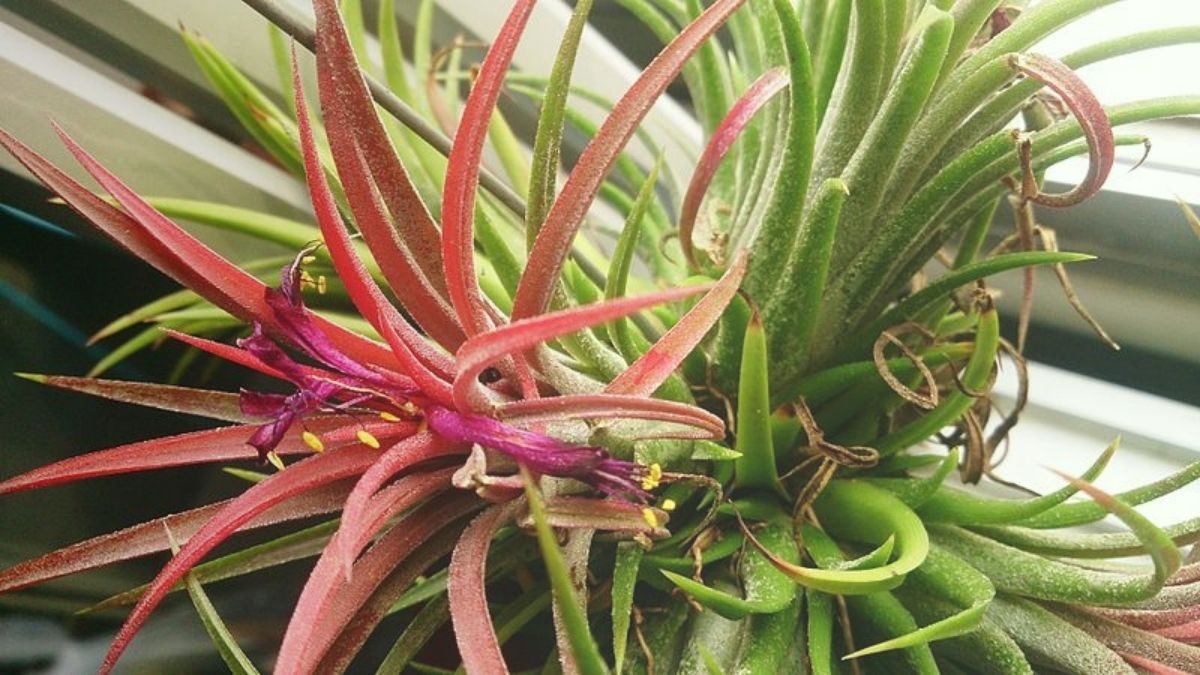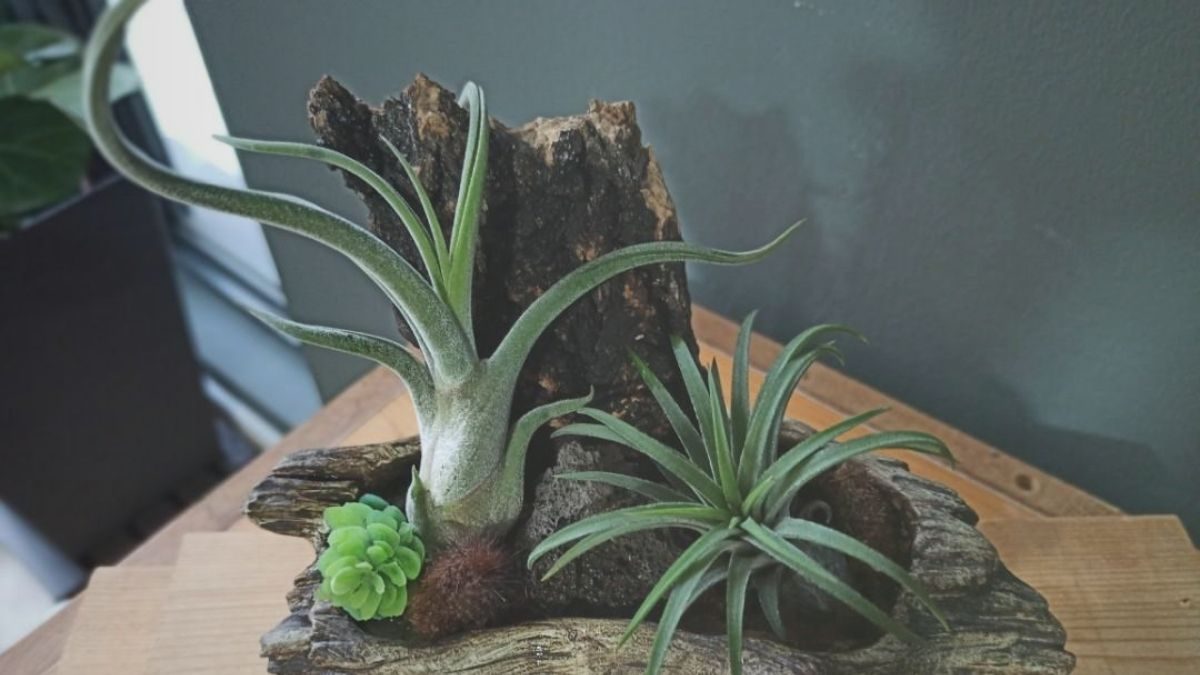Table of Contents
1. Introduction
Welcome to our exploration of the enchanting world of air plants, particularly in the context of rustic homes. Rustic homes, with their raw, natural aesthetic, provide the perfect backdrop for the unique and intriguing beauty of air plants. These plants, known for their ability to grow without soil, bring a touch of the wild indoors, enhancing the charm of rustic decor. In this blog post, we delve into the fascinating nature of air plants and discuss why they are an excellent choice for rustic homes.
2. Understanding Air Plants
What are Air Plants?
Air plants, scientifically known as Tillandsia, are a genus in the bromeliad family. They are unique in the plant world because they do not require soil to grow. Instead, they absorb water and nutrients through their leaves. This characteristic allows them to grow in a variety of locations naturally, including tree trunks, rocky landscapes, and even in the air!

Types of Air Plants
There are over 600 different types of air plants, each with its unique characteristics. Some are small and delicate, perfect for tiny containers or intricate displays. Others are larger and can be a statement piece on their own. The variety in size, shape, color, and blooming patterns among air plants is truly astounding. Some popular types of air plants include Tillandsia ionantha, known for its fiery red when it’s about to bloom, and Tillandsia xerographica, admired for its large, rosette shape and silvery-green leaves.
3. Why Air Plants are Perfect for Rustic Homes
Versatility of Air Plants
One of the reasons why air plants are perfect for rustic homes is their versatility. Their soil-less nature means they can be placed virtually anywhere, from a piece of driftwood to a suspended glass terrarium, or even on a bed of pebbles in a ceramic dish. This flexibility allows them to blend seamlessly with the eclectic and natural elements that characterize rustic decor.
Air Plants and Rustic Aesthetics
Rustic home decor is all about a raw and natural look, and air plants fit this aesthetic perfectly. Their unique, often wild forms echo the organic shapes found in nature. When paired with materials like wood, stone, or metal, which are commonly found in rustic homes, air plants can enhance the warm, earthy feel of the space. Whether they’re placed on a reclaimed wood shelf or hung from a wrought-iron stand, air plants can add a touch of nature and whimsy to a rustic home.
4. Choosing the Right Air Plants for Your Rustic Home
Size and Shape
When choosing air plants for your rustic home, consider the size and shape of the plants. Smaller air plants like Tillandsia ionantha are perfect for creating intricate displays or filling small spaces. Larger air plants like Tillandsia xerographica can serve as standalone pieces or focal points in a room. The shape of the air plant can also add to the aesthetic of your space. Some air plants have a round, rosette shape that adds softness to a space, while others have long, spiky leaves that add a touch of drama.
Color and Texture
Air plants come in a variety of colors and textures, which can complement your rustic decor. Most air plants have a silvery-green color that goes well with the natural tones of a rustic home. However, some air plants change color or produce bright flowers, adding a pop of color to your space. The texture of the air plant can also add interest to your decor. Some air plants have smooth, shiny leaves, while others have leaves covered in tiny hairs, giving them a fuzzy appearance.
5. How to Display Air Plants in a Rustic Home

Air Plant Holders
Air plant holders can be as unique as the plants themselves. For a rustic look, consider using natural materials like wood, stone, or even ceramic. Driftwood pieces, for example, can make stunning displays for air plants. You can also use wire to create custom holders or place air plants in glass terrariums for a unique look. Remember, air plants don’t need soil, so your holder doesn’t need to be a traditional pot or planter.
Creating Air Plant Displays
Creating an air plant display is a chance to get creative. You can group several air plants together for a lush, mini-jungle effect. Or, you can display them individually to highlight their unique shapes and colors. Consider hanging air plants from the ceiling, placing them on shelves, or even mounting them on the wall. The key is to ensure they get enough light and air circulation.
6. Caring for Air Plants in a Rustic Home
Light and Temperature
Air plants need bright, indirect light. They're perfect for rooms with lots of windows, but they can also thrive under fluorescent lights, making them a great choice for rooms with less natural light. As for temperature, air plants prefer a range of 50-90°F (10-32°C), making them suitable for most indoor environments.
Watering and Feeding
Despite their name, air plants do need water. They typically get it from the humidity in the air, but in a home environment, you'll need to water them regularly. This can be done by misting them or soaking them in water. As for feeding, air plants benefit from a fertilizer specifically designed for bromeliads or air plants.
7. Conclusion
Air plants, with their unique growth habits and minimal care requirements, are a perfect match for rustic homes. They bring a touch of nature indoors and can enhance the warm, earthy feel of rustic decor. Whether you’re new to air plants or an experienced collector, we hope this guide has provided you with some inspiration and practical tips for incorporating air plants into your rustic home. Remember, the key to a thriving air plant is the right balance of light, air, and water. With a little care and creativity, you can create stunning air plant displays that bring your rustic home to life. Happy decorating!